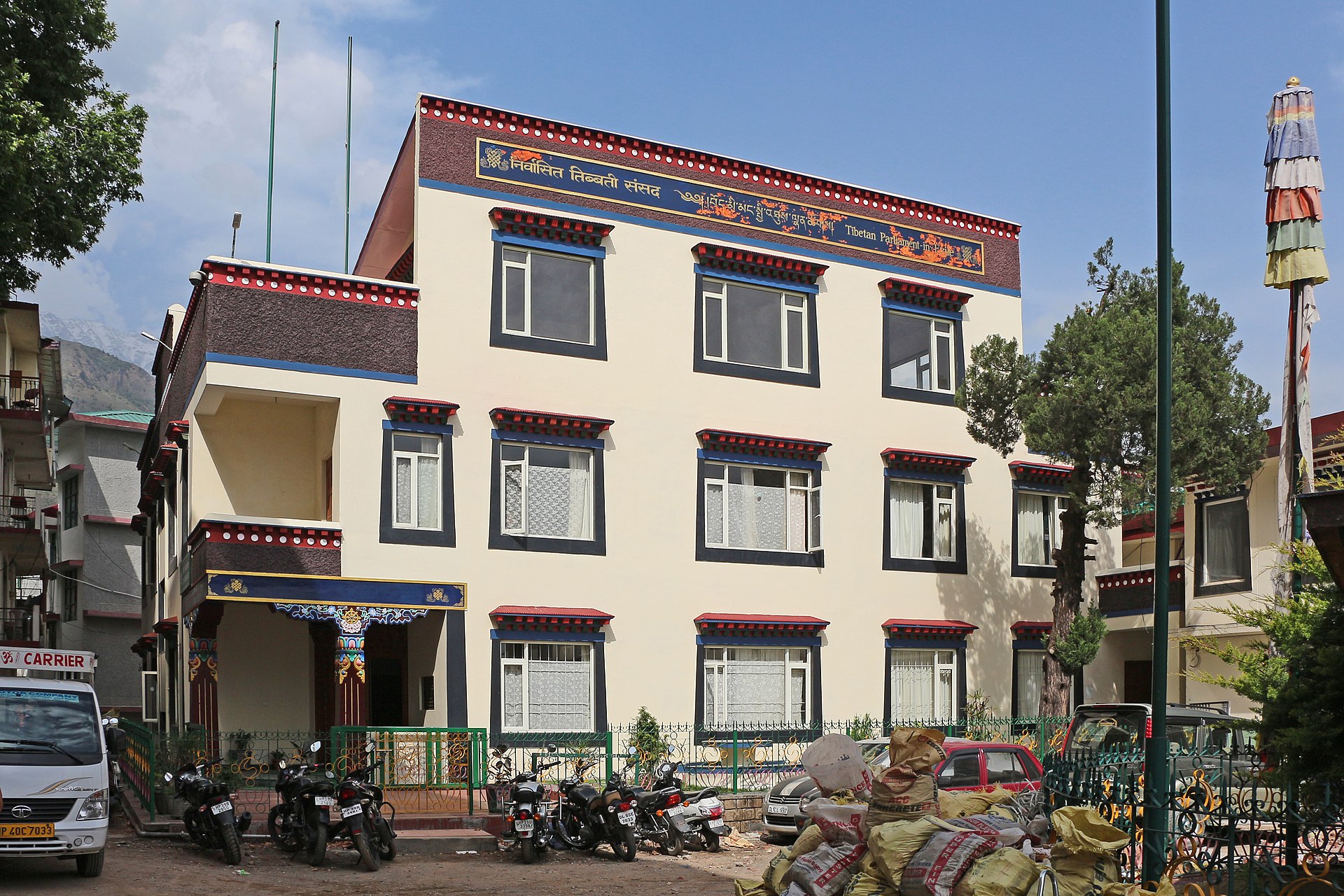
The Exile Government of Tibet was established in 1959 at Lhuntse Dzong by the Fourteenth Dalai Lama after his escape from Lhasa. Upon coming into exile the Dalai Lama restated in Tezpur, India, on June 29th 1959, that “wherever the Dalai Lama and the Kashag (bka' shag) reside, it will be considered as the legitimate government of the Tibetan people.” At his behest, the Constitution of Tibet was promulgated in 1963. On 28 June 1991, the Dalai Lama signed the Charter for Tibetans-in-Exile (btsan byol bod mi'i bca' khrims), which transformed the traditional Tibetan parliament into a genuine law-making body and accentuated the power and functions of Kashag and the Tibetan Supreme Justice commission as the executive and judiciary branches respectively. On March 14th 2011, the Fourteenth Dalai Lama devolved his power to the popularly elected Kalon Tripa (bka' blon khri pa) and instructed the re-drawing of the the Charter of Tibetans-in-Exile to accommodate these new changes in the power and functions of the government.
Following the adoption of the new charter, which was adopted on May 29th 2011, and the transfer of power from the Kalon Tripa to the newly instituted Sikyong, the Tibetan government-in-exile is represented by three co-equal branches of government—executive, legislative, and judiciary, which are headed by a Sikyong, a Tsoktso (tshogs gtso, speaker), and a Trimpön Chewa (chief justice commissioner) respectively.
The exile Tibetan government, renamed Central Tibetan Administration or Tsenjol Bömi Drigzuk (btsan byol bod mi'i sgrig 'dzugs) from Bözhung Ganden Potrang Choklé Namgyel (bod gzhung dga' ldan pho brang phyogs las rnam rgyal), is currently based in Dharamsala, India.